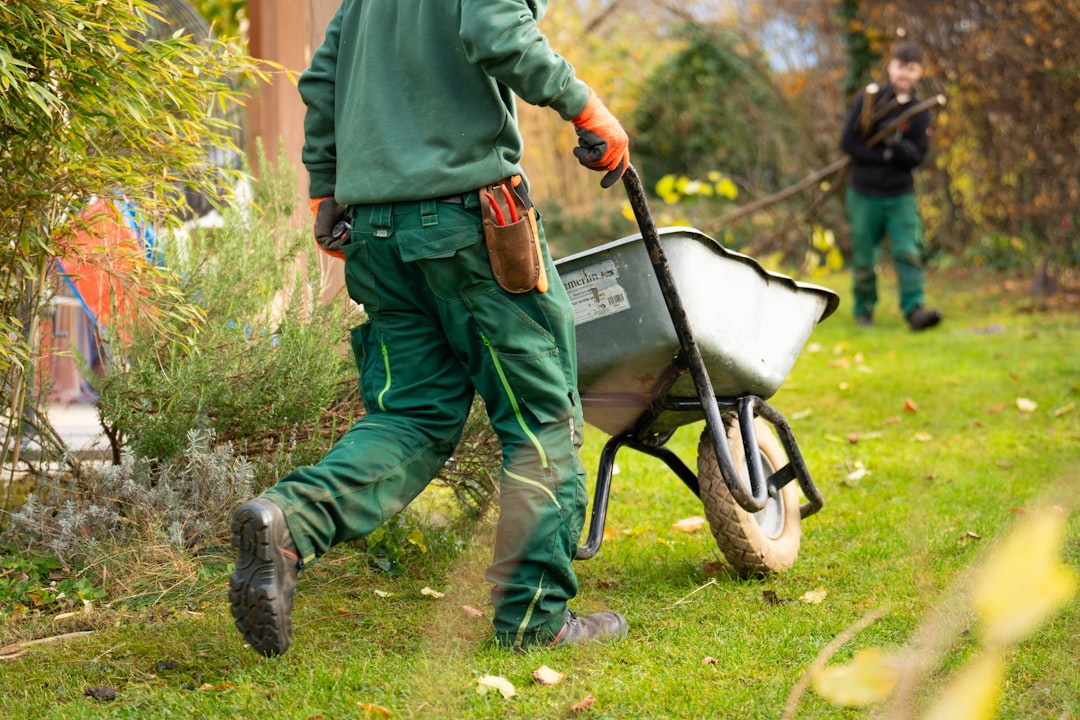Unveiling the Ideal Raised Bed Garden Layouts

In the world of gardening, raised bed gardens have emerged as a popular and practical choice for both novice and experienced gardeners alike. They offer numerous benefits, including better soil drainage, easier weed control, and the ability to customize the soil composition. Designers, with their creative flair and in - depth knowledge, have come up with some truly remarkable raised bed garden layouts suitable for all kinds of spaces and gardeners.
### Compact Urban Spaces
For those living in urban areas with limited space, designers recommend vertical and tiered raised bed layouts. These designs make the most of the available square footage by growing plants upwards. A simple vertical raised bed can be constructed using wooden pallets or recycled materials. Attach planters at different heights on a sturdy frame. This not only saves space but also adds an interesting visual element to the small garden. For example, you can grow herbs like basil, thyme, and mint in the upper tiers, while lettuce and spinach can be planted in the lower ones.
Another great option for compact spaces is the container - style raised bed. Use large, deep pots or barrels and arrange them in an aesthetically pleasing pattern. You can group different types of vegetables or flowers together based on their sunlight and water requirements. This modular approach allows you to easily move the containers around to optimize sunlight exposure throughout the day.
### Large Backyard Gardens
In large backyard gardens, designers often suggest grid - style raised bed layouts. Divide the area into a grid of equal - sized beds using wooden planks or bricks. This creates a structured and organized look. Each grid can be dedicated to a specific type of plant, such as a grid for tomatoes, another for cucumbers, and so on. The grid layout also makes it easier to manage irrigation and fertilization, as you can target each individual bed.
Circular raised beds are also a popular choice for large gardens. They add a soft, organic feel to the landscape. You can create a circular bed around a central focal point, like a small fountain or a statue. Plant flowers in a concentric pattern, with taller plants in the center and shorter ones towards the edges. This creates a beautiful, eye - catching display.
### Community Gardens
Community gardens require layouts that are both functional and inclusive. Designers often recommend a combination of long, narrow raised beds and shared common areas. The long beds can be divided among different gardeners or gardening groups. This allows each participant to have their own space to grow their preferred plants. The common areas can be used for activities such as composting, tool storage, and community gatherings.
To encourage interaction and sharing, designers may also incorporate a central gathering area within the community garden. This could be a small pavilion or a seating area surrounded by raised beds filled with colorful flowers. This creates a sense of community and makes the gardening experience more enjoyable for everyone involved.
### Accessible Gardens for All Gardeners
For gardeners with disabilities or limited mobility, accessible raised bed layouts are essential. Designers focus on creating beds that are at a comfortable height and easy to reach. Raised beds can be built on platforms or with adjustable legs to accommodate different user needs. They can also be designed with wide pathways between them to allow for wheelchair access.
Using a combination of raised beds and ground - level planting areas can also be beneficial. The raised beds can be used for growing taller plants, while the ground - level areas can be used for low - growing vegetables and flowers. This provides a diverse gardening experience for all gardeners, regardless of their physical abilities.
In conclusion, designers have a wealth of knowledge when it comes to creating the perfect raised bed garden layouts. Whether you have a small urban balcony, a large backyard, a community garden, or need an accessible design, there is a layout that can meet your needs. By choosing the right layout, you can transform your gardening space into a beautiful and productive oasis.